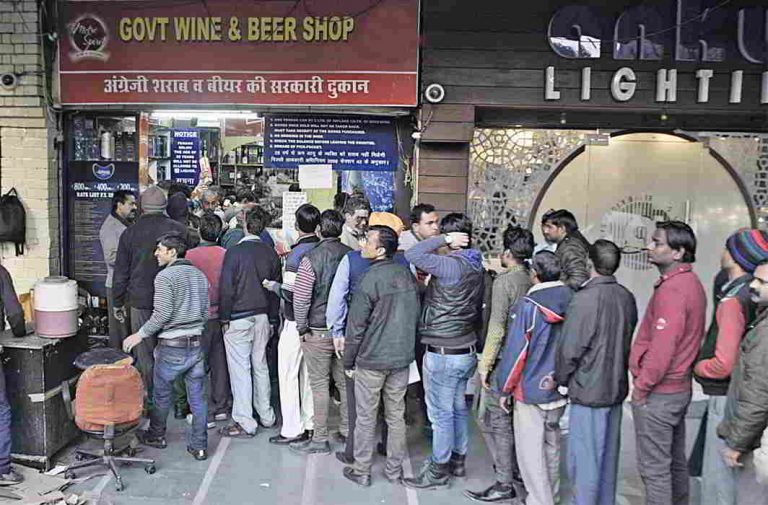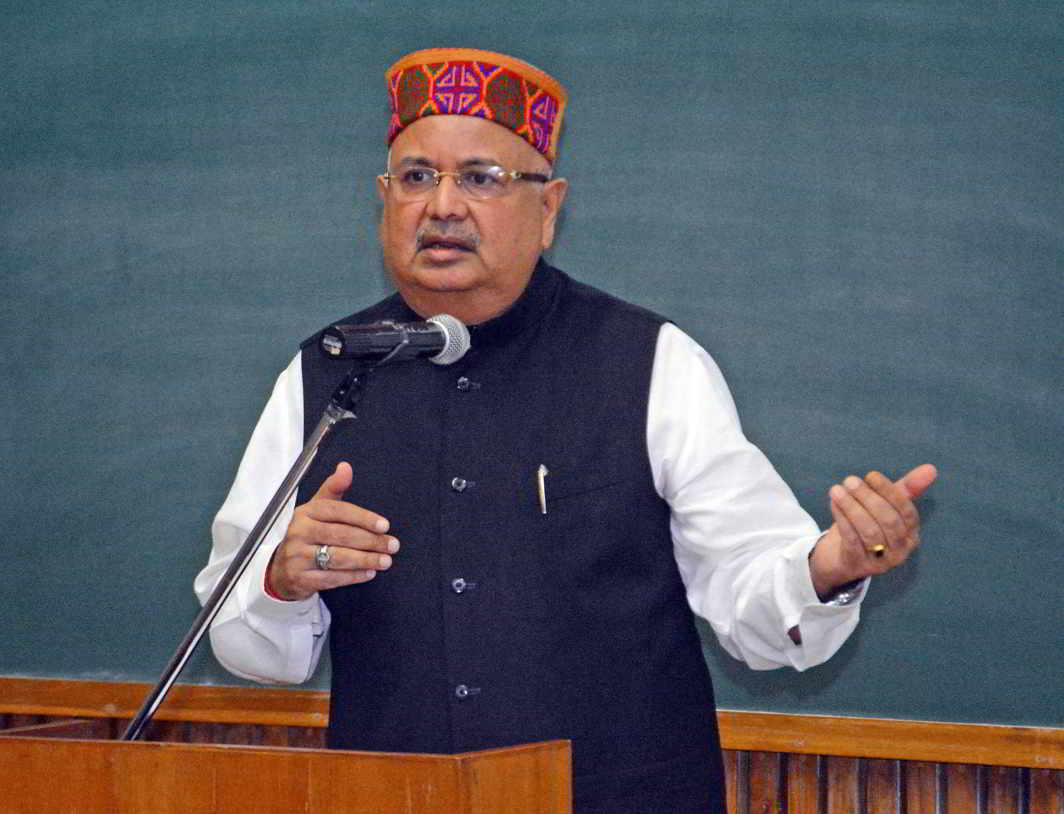
Following SC ban on liquor shops along highways, Chief Minister Raman Singh wants the state to take over the lucrative liquor retailing business. Can the move really curtail liquor consumption?
~By Neeraj Mishra
How does a tribal-dominated state like Chhattisgarh respond to the December 15, 2016 Supreme Court order banning liquor sale on state and national highways from April 1, 2017? Chief Minister Raman Singh has come out with a questionable strategy of getting the private sector out of the liquor trade and the government taking over the retail of liquor in the state. The reason for this change: with liquor shops banned on highways, the private sector would not find the trade lucrative enough to be interested in. Also state ownership of retail could perhaps be a precursor to a complete ban on liquor.
The government is convinced that it is better equipped to run shops if the shops have to be shifted 500 metres from the main road. It also justifies its strategy by claiming that by limiting the number of bottle each customer can buy to four, it will reduce overall alcohol consumption in the state. A rather ridiculous justification for entering the business. Says TS Singh Deo, leader of opposition: “The irony is that the same government also runs a Bharat Mata Vahini which discourages people from drinking and now it wants to retail liquor.” The joke is that the new employees will be the ones who will stage dharnas outside liquor shops in the morning and by evening sell liquor.
The state government is ready with its ordinance, CG Excise Amendment 2017, which will facilitate the government to take over the retail of liquor through state-owned shops and its own employees. The state has formed a new corporation under its chief secretary, Vivek Dhand, which will induct 2,000 new employees to sell liquor from its outlets.
A confused state commercial taxes minister, Amar Agarwal, explains the homework being done before the government’s foray into the liquor trade: “Since the Supreme Court has put a restraint on liquor vends, we have decided to send a 11-member committee to six states to observe and report on what the policy should eventually be.” The 11-member committee is yet to be formed and the six states include, Tamil Nadu, Delhi and Kerala, where the governments run the retail business and three states where they don’t—Maharashtra, UP and Punjab.

” font_container=”tag:p|font_size:20px|text_align:left|color:%23000000″ google_fonts=”font_family:Open%20Sans%3A300%2C300italic%2Cregular%2Citalic%2C600%2C600italic%2C700%2C700italic%2C800%2C800italic|font_style:700%20bold%20regular%3A700%3Anormal”]
While the Chhattisgarh government machinery may claim that it has kept the SC order as its guiding principle, the truth may lie elsewhere. There are currently 712 private liquor outlets in the state and they are supplied foreign liquor through the State Beverages Corporation, which in turn acquires it from manufacturers. Of the total number of shops, 280 on the key national and state highways across the state are the cash cows. The state earns around Rs 4,000-Rs 5,000 crore annually by auctioning shops. Of this revenue, 75 percent comes from shops located on the highways.
There are about five families in the state monopolising the liquor retail business. These families have now refused to remain in the business if they can’t run the 280 shops on the highways. “Very few shops inside towns provide the returns required to make this business lucrative since we are also forced by the state to run shops which actually run up losses because they are badly located,” says a liquor contractor.

For most state governments, excise is a huge source of revenue. Tamil Nadu, for instance, rakes in Rs 22,000 crore per annum by way of excise revenue, Kerala gets about Rs 8,000 crore, and Chhattisgarh makes around Rs 5,000 crore. It is the state’s second-best revenue source, after mining. To bridge the gap in loss of revenue may be difficult for the state by simply turning to retail. But there is another underlying political theme to what Chief Minister Raman Singh wants to achieve.
Most of his partymen believe that retailing is the first step towards a complete ban on liquor sale in the state by 2018. If Chhattisgarh does that, the CM would be following in the footsteps of his leader Narendra Modi who has been campaigning for total prohibition. One of the key promises Modi made during his UP and Punjab campaigns was nashabandi.
Singh has already said that no more new shops will be opened in the state. His PDS policies have been a roaring success over the past ten years although the free rice the state provides to more than 36 lakh BPL families may have in a way promoted the consumption of liquor. Each family sells some amount of excess rice in the black market and most of this money seems to have gone to the liquor vends. This has dented Singh’s image.
However, his detractors wonder if prohibition was the CM’s focus why would he go through the ruse of first retailing and then curtailing it? Perhaps only Singh can answer that.

